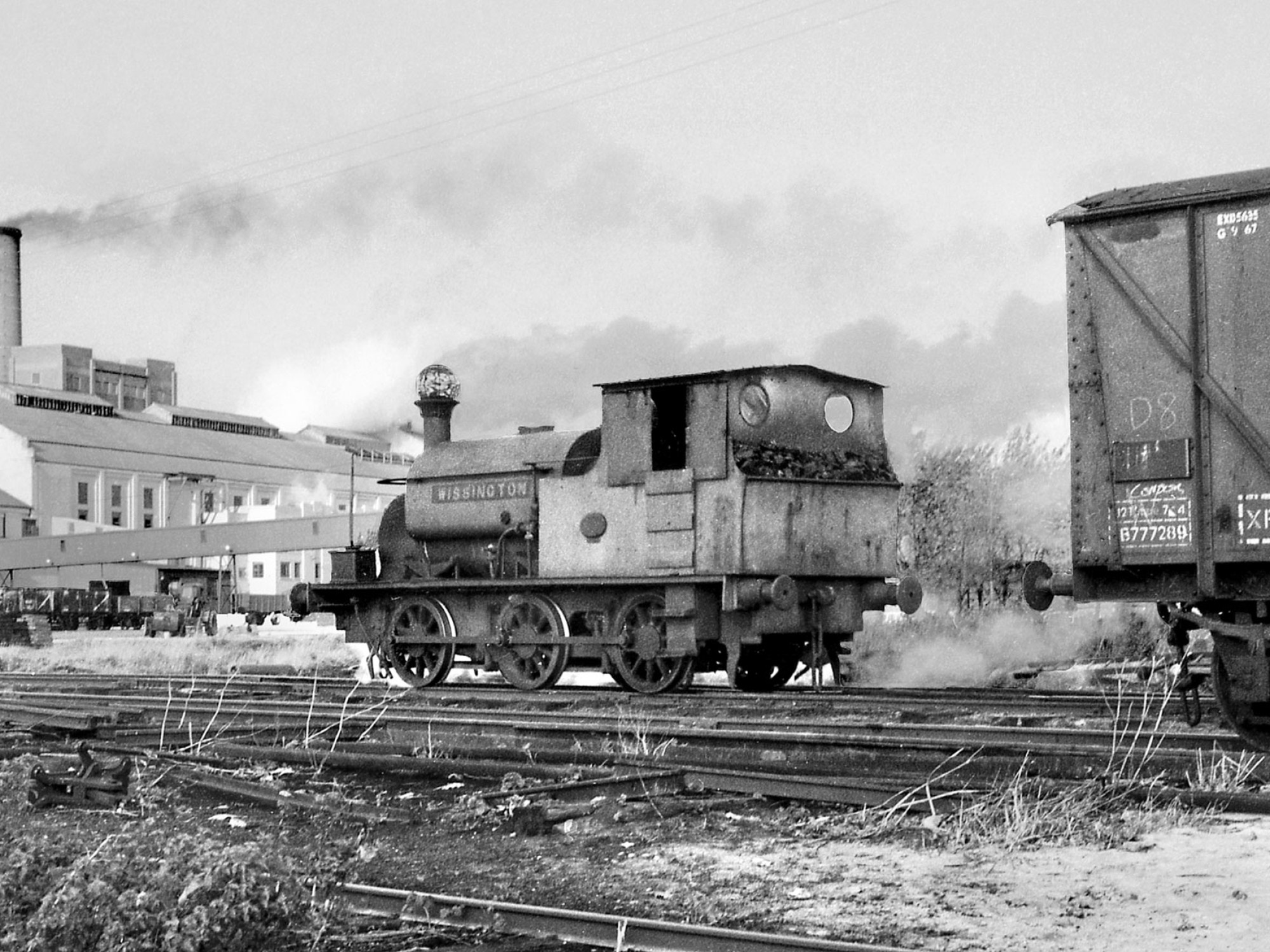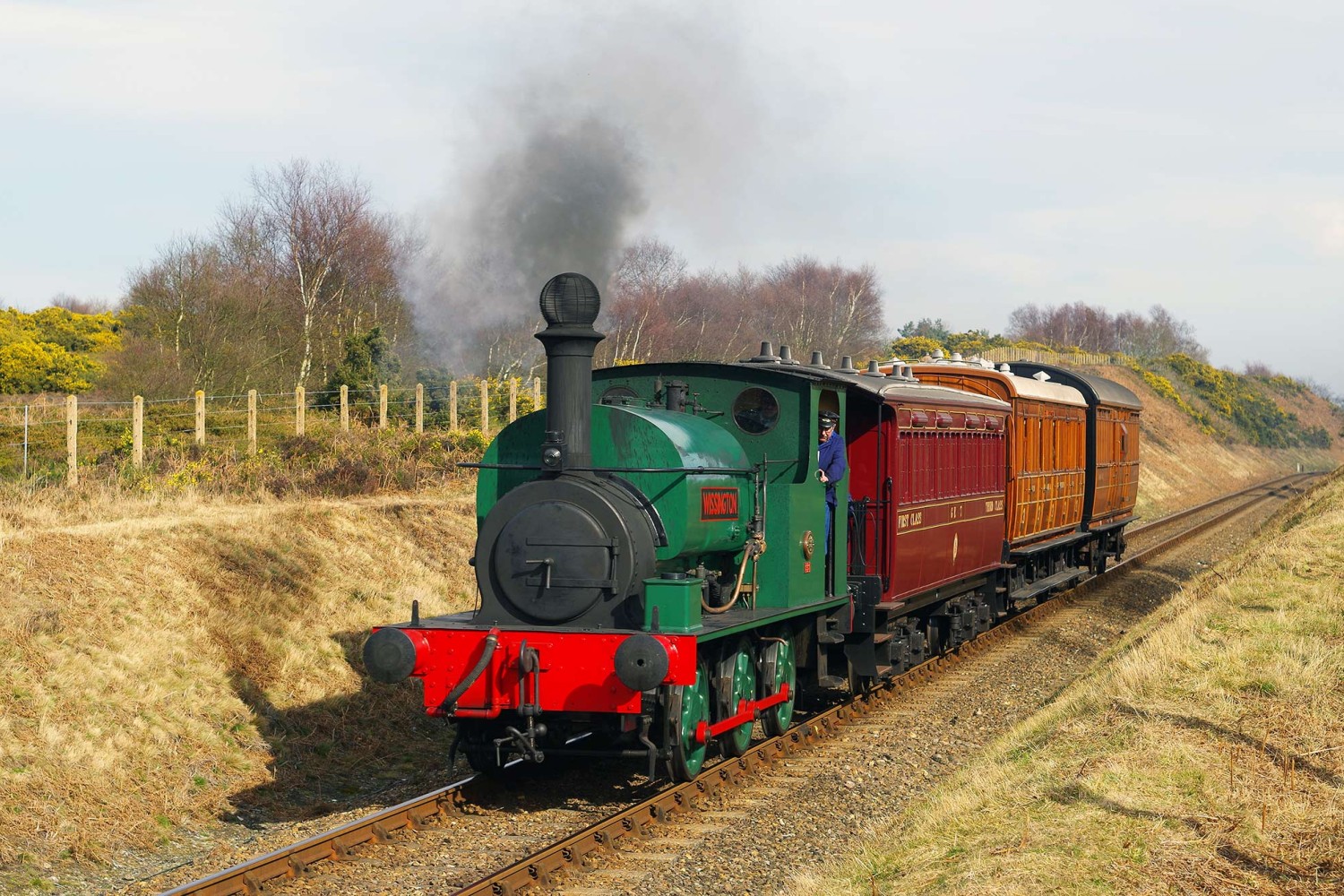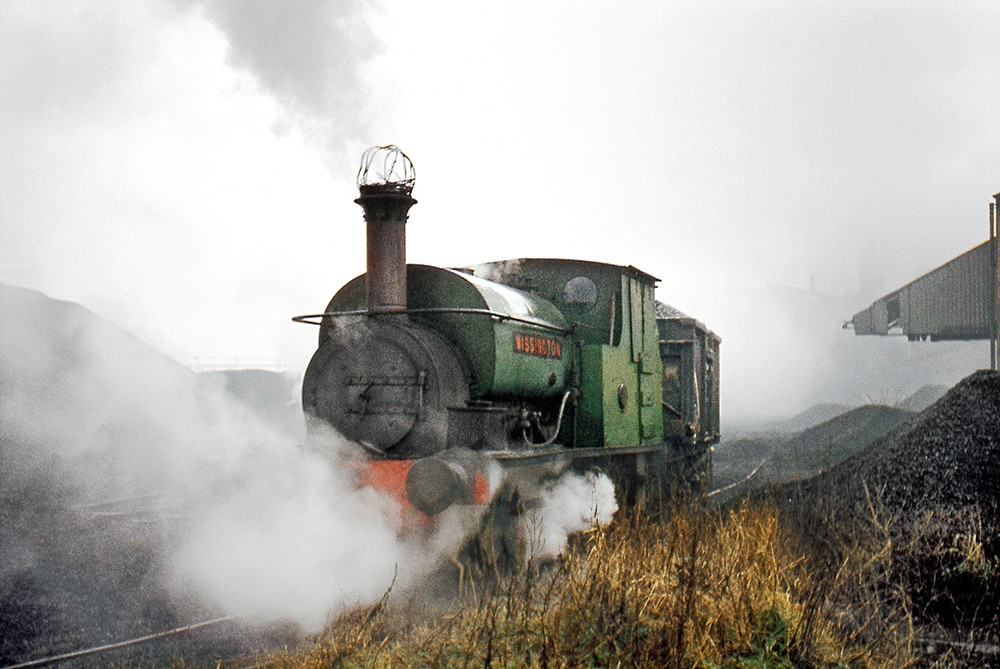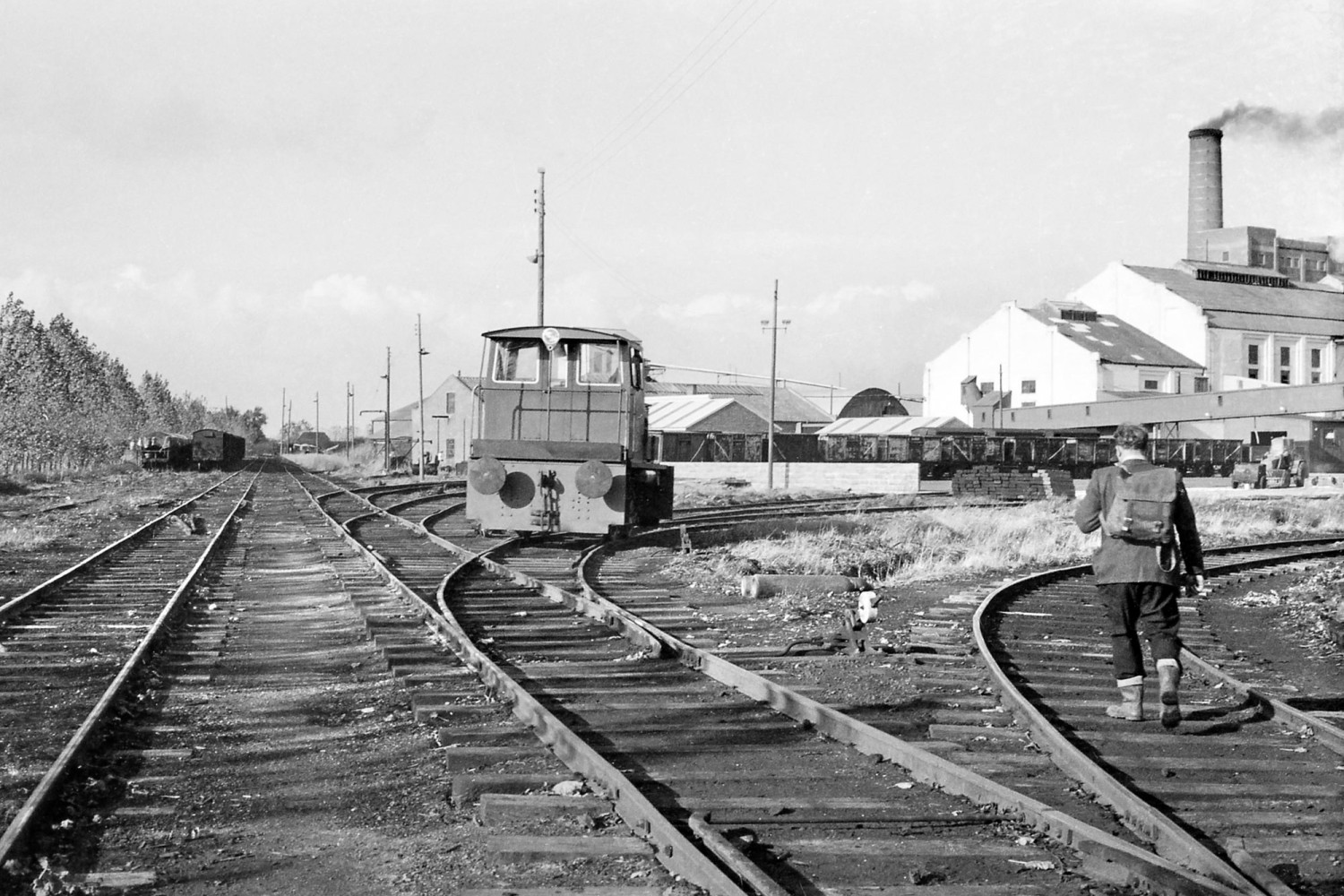
The story of the little railway with the big idea
Norfolk once had a vast network of railways, although by the end of the 20th century over two thirds of stations had closed. One of the county’s most unusual lines was the Wissington Light Railway
Wissington is famous for being the site of British Sugar’s refinery, which is the largest in Europe, and annually converts around 3 million tons of beet into 400,000 tons of sugar and 64,000 tons of bioethanol. However, its huge success wouldn’t have been possible without a small fenland network known as the Wissington Light Railway.
The line was built in 1905 by Arthur Keeble, a farmer and businessman who’d recently bought a large estate of fenland south of the river Wissey. Keeble had a keen interest in both science and agriculture and, in the Norfolk tradition of experimental farming, began to grow a range of market crops including celery and carrots. He also intended to develop an industry for producing ammonia out of the nitrogen-rich Fenland peat - but in an area devoid of metalled roads, transporting the goods was a next to impossible task.
To solve the issue, Keeble decided to build a private railway to connect with the GER’s Stoke Ferry branch near Abbey station in West Dereham. He leased all the land for the trackbed, so no Act of Parliament or Light Railway Order was required, and he named his estate Wissington, inspired by Wissey town. Opened on 30th November 1905, the railway crossed the Wissey on a 70ft span bridge and went from Abbey to Poppylot on the Southery to Feltwell road.

Keeble’s railway got off to a smooth start and helped bring life and productivity to the isolated fenland. The Wissington train would puff merrily down from Abbey at about 8am, dropping off empty wagons at goods sidings and delivering newspapers to locals - there was even a passenger carriage on Lynn and Downham market days.
However, issues with funding and flooding meant Keeble’s ammonia factory was never a success and he soon found himself in severe financial difficulty. He went into receivership in 1912, the ammonia plant closed in 1914 and he died the same year. Efforts were made to keep the railway running, but it closed in 1917 after three successive years of flooding.
However, this wasn’t the end for Wissington Railway - its history had only just begun.
In 1918 the land was bought by William Towler, a friend and past neighbour of Keeble, who was eager to bring the railway to its full potential. Towler felt that growing sugar beet would be more profitable than producing ammonia, and planned to build a factory on the banks of the Wissey.
He obtained a loan from the LNER which enabled him to extend the railway south of the Feltwell road, opening up 14,000 acres of uncultivated fen. Towler’s hard work and enthusiasm resulted in the construction of the Wissington sugar factory in 1925.
It was operated by British Sugar Manufacturers, who leased the railway from Towler and built a further eight miles of track. Due to the absence of hard roads in the area, beet could only be transported to the factory by rail or water, so the line soon became extremely busy.

When Towler went into receivership in 1932, BSM continued to lease the railway and in 1936 they merged with 15 other companies to form British Sugar Corporation. Instead of continuing to hire engines, the new organisation decided to buy their own locomotives, and in August 1938 a shiny new saddle tank named ‘Wissington’ arrived on the railway.
Shortly afterwards, BSC purchased the section of track running from the Abbey to the factory, although they were forced to close the rest of the line when their lease expired in 1940.
But it didn’t stay closed for long. In 1941, in an effort to increase farm production, the Ministry of Agriculture requisitioned and upgraded the line. Contractors and Italian prisoners of war were brought in to repair and refurbish the railway and it was soon back in action.
Train loads became extremely heavy, and staff worked 12 hour shifts every day to meet wartime demands. In 1943 employees at the railway and factory managed to save the crew of a Stirling bomber which had crashed on the factory’s settling pods whilst trying to get back to Feltwell. The railway also played a crucial role in combating shortages and increasing production, but when the war was over it faced operational problems, and in 1957 the line south of the factory was closed for a second time.
Due to the development of roads in the area, lorries gradually took over the role of bringing goods to the factory. BSC stopped transporting beet by rail in 1975 and traffic ceased completely on the line in 1981.
Final closure came in 1982, with the track being lifted, and Arthur Keeble’s ambitious little railway reached the end of its life - though it certainly made its mark in history.
With the rhythmic chuffing and merry whistling of engines, the Wissington Light Railway broke the silence of the Black Fen, gave many isolated farmers a crucial link to the outside world, and left behind an area of thriving industry and food production.

PICTURES: © Gordon Edgar / Michael Alderman
